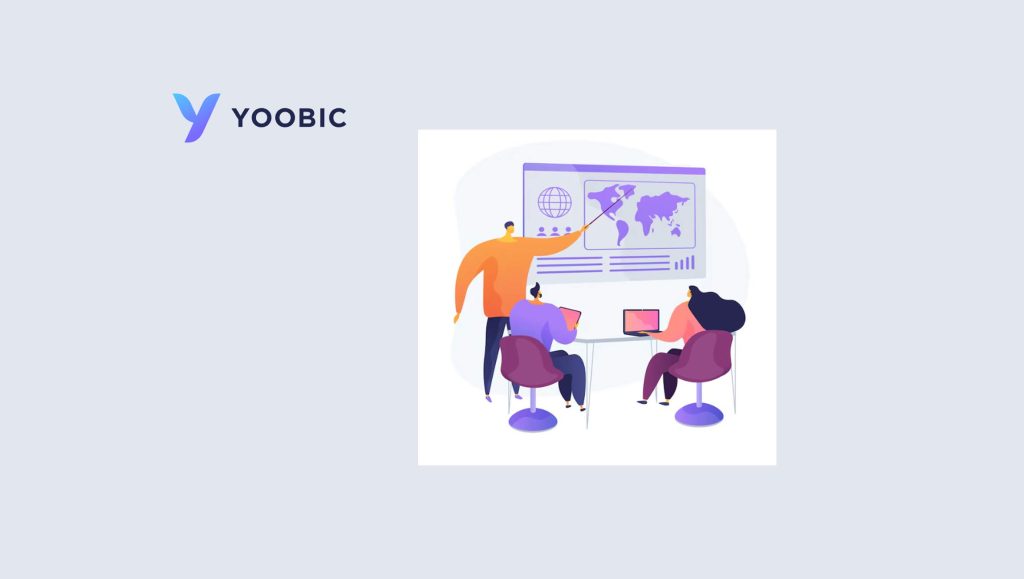Every business process system, especially point of sales systems need to be increasingly adaptive and less rule-based; they have to be changeable to provide better business agility – but at the right quality though, feels Mogens Helmuth Pedersen, CTO at Basware as he shares more thoughts in this chat:
______
Mogens, we’d love to hear more about your journey and role as CTO at Basware? How has the platform evolved over the recent past to serve user needs in a more optimized manner?
I have always had a passion for putting best-in-class software and services into the hands of customers, leveraging technology as a means to an end, so my journey to CTO happened very organically. I joined Basware and the Executive Team in September 2020 from SimCorp, a provider of integrated investment management solutions, where I worked in multiple senior leadership roles, primarily within R&D and Architecture, for more than 25 years. My latest role was Head of the Cloud Centre of Excellence at SimCorp HQ in Denmark. Now as Chief Technology Officer at Basware, I oversee the Basware R&D and production departments where I have the pleasure of working with hundreds of highly skilled professionals around the world.
At Basware we strive to bring our customers solutions that enable an efficient and highly automated handling of purchase-related activities. We are continuously exploring ways to leverage technology to streamline the workflows in our offerings and provide enhanced transparency and new data-based insights, allowing the AP users to work more efficiently. This efficiency frees up time for the end user to optimize the business – as opposed to just run it.
Recent examples of improvements are creating a new working environment for our AP professional users; the introduction and continuous expansion of our Data Platform and associated Analytics; as well as our SmartPDF AI solution that allows us to fully automate the handling of unstructured PDF documents, which are still very much in use in many locations around the world.
Similarly, we strive for automation and operational efficiency in our own operations where we constantly improve by treating all deployments, infrastructure, configuration, etc. as code. This allows for the needed technical agility, a prerequisite for implementing changes from customer needs/requirements, regulatory changes, etc.
Can you share a few thoughts on how e-invoicing and procure to pay solutions still need to evolve further to meet lags in the industry (based on the current challenges that business users still face)?
Digitalization in the networked AP automation space is developing. The industry has moved from basic handling capabilities into applying rule-based automation whereafter you only need to deal with the exceptions.
The next step is certainly applying technology to the exceptions as well. The overall idea is to enable AI-based technology to investigate patterns and anomalies that would automatically suggest changes to configurations or flag for the appropriate manual intervention. Our goal is to have technology in place that minimizes the time spent on AP work while also allowing for the best possible decisions.
Furthermore, we should in the industry expect more legislation pointing towards e-invoice adoption. Systems need to be ready for this trend and be agile when it comes to the changes in need of functional, configurational or operational character. Needless to say, those changes must be introduced while an organization is still fully in control of the stability and integrity of services already running.
As point-of-sales solutions further evolve to streamline various facets of business use, how are you seeing leading teams innovate these processes more effectively, a few learnings that our readers can benefit from?
Leading teams will secure proper collaboration with all relevant stakeholders to stay on top of innovation. They will actively seek input from customers, prospects, regulators, standardization bodies, etc. They will establish processes for working around prioritization to ensure that the best and most valuable ideas are implemented.
Innovation really does come from anywhere, so teams need a firm structure. From a technical point of view, leading teams will work to secure and optimize the underlying platform – the engine that brings the services to the end user. The engine needs to perform, scale and create a consistent experience. It needs to protect data in the best possible way, and it needs to be 100% digitalized.
Teams should increasingly apply the use of monitoring, logging, AI/ML models, etc. to allow for maximum uptimes and continued hardening activities.
Ultimately, leading teams will be guided by a shared vision: operate all business processes fully hands-off.
A few top thoughts you’d share as a tech innovator in the industry, in terms of what creators need to keep in mind when revamping products and features?
Of course, any solution needs to fulfill the requirements of the customers and users.
If you are changing underlying technologies, you have a great opportunity to also rethink the functionality and the UX. Make sure that you have the needed ability to integrate with other enterprise cloud solutions that your customers use. Very few solutions and services can be successful in isolation.
Make sure you think about the non-functional requirements. How can you improve the availability, (self)-serviceability and/or monitoring/analytics capabilities to allow the users with the insights to gain more knowledge about their business?
Read More : SalesTechStar Interview with Scott Lasica, Chief Sales Officer at Stream
Likely, you will also need to rethink your feedback approach all the way from ideation to end user adoption. Consider the use of microservices, where possible, to allow for proper isolation and separation of concerns. Ensure that any change across functionality, quality assurance, release deployment, infrastructure provisioning and scaling, service provisioning and related configuration is done by software changes. Any manual steps in this layer will not bring the needed agility to your business.
What’s Driving Sales and Marketing Trends in 2021? Catch more from these SalesStar Podcasts:






















